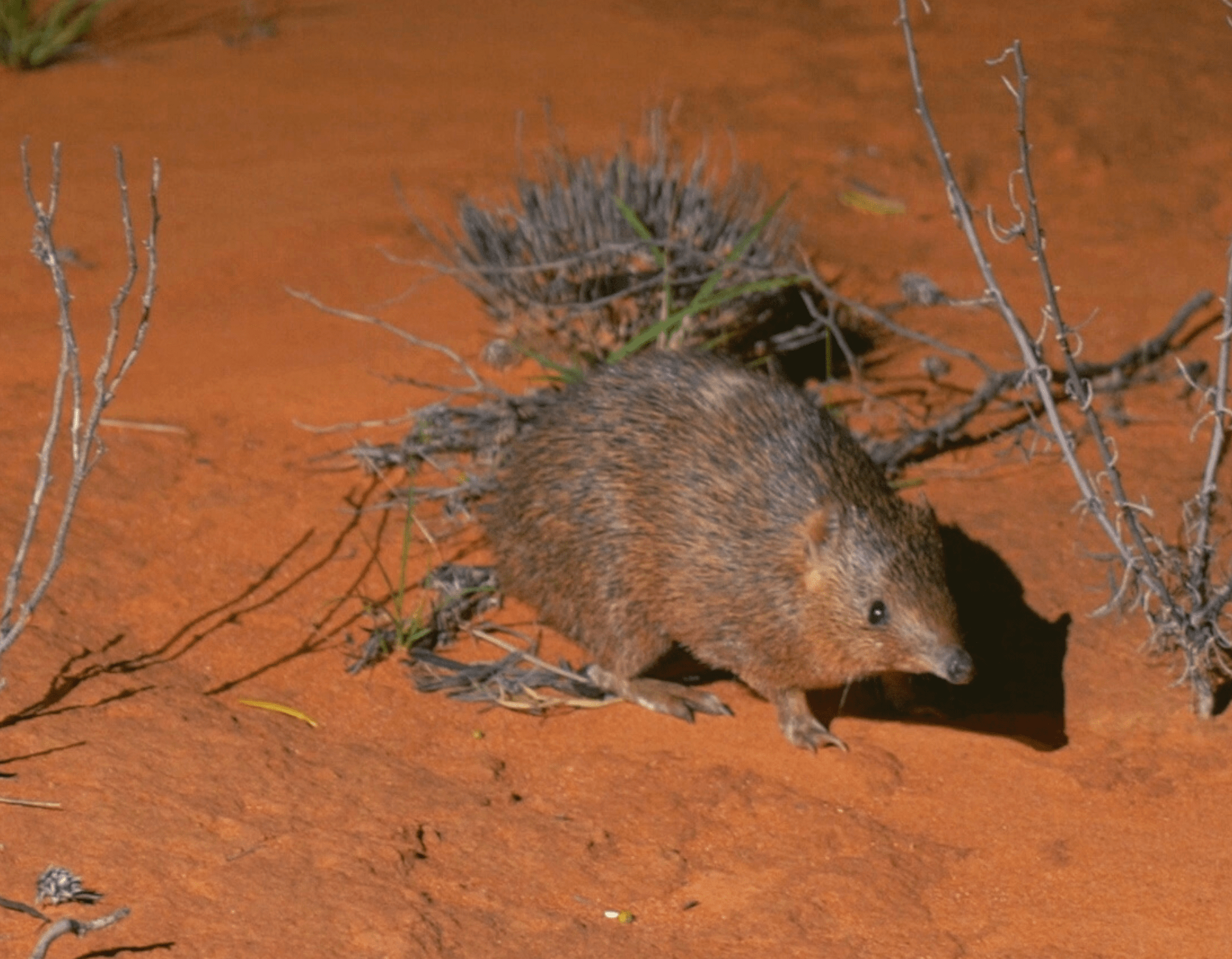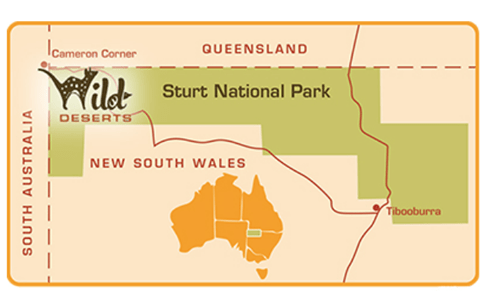Home / Our Stories /
Conservation fencing playing a critical role in the rewilding of native Australian animals
7 February 2023

For over 100 years the InfraBuild Newcastle site at Mayfield in New South Wales has been supporting the Australian agriculture industry through the production of fencing products for Aussie farmers. More recently however, the site has taken up the cause of some of our most endangered and vulnerable native Australian animals by producing fencing for a major rewilding project.
The Wild Deserts project has two large exclusion enclosures, or ‘exclosures’, in the north-west corner of New South Wales within the Sturt National Park. The massive enclosures measure four kilometres by five kilometres, and InfraBuild’s specialised fencing, installed in October 2018, runs 40 kilometres around both sites.

The fencing keeps protected species safely inside the enclosure and keeps pest species such as rabbits, feral cats and foxes out. It is also resistant to damage by other native animals such as wombats and kangaroos that are large enough to easily breach most rural fence designs and leave gaps in which pest animals enter.
As part of the Wild Deserts project, native species – some of which had been extinct in the area for over 100 years – have been slowly reintroduced since 2018. This includes the Crested-tailed Mulgara (a relative of the Tasmanian devil), the Greater Bilby, and the Western-Barred Bandicoot, and in June 2022, a second species of bandicoot, the Golden Bandicoot.
All of these species are critical to a healthy desert ecosystem through their digging, which helps water to infiltrate the soil, collecting and distribution of seeds, and spreading and burying of leaf litter.
The ultimate aim of the Wild Deserts project is to release generations of bilbies and other locally extinct mammals back into the wild. Currently the vulnerable mammals are learning to survive in the landscape without the danger of predators however when their population grows, the mammals will be moved into a new area with limited predators. It is hoped that they will then learn to become predator-smart and able to survive outside the exclosures. In this way these mammals will then be able to help restore the desert ecosystem in an ongoing and sustainable way.
The Wild Desert project is a partnership between the University of NSW, Ecological Horizons, the NSW Department of Planning, Industry and Environment, and the Taronga Conservation Society Australia.
What is a Golden Bandicoot?
When foraging at night the Golden Bandicoot moves between clumps of grasses and makes small conical diggings for its diet of insects, small vertebrates, roots, and tubers. When fully grown, Golden Bandicoots have a head-body length of between 19 – 30 cm, tail of 8 – 12 cm, and weight of 250 – 680 grams.
First Golden Bandicoot babies born
We are pleased to share the Golden Bandicoots have been breeding rapidly, and the first babies in 100 years have been born in the Park.
With an incredibly short gestation period of only days, most of a Golden Bandicoot’s development is in the pouch of its mother – just like a joey kangaroo – before they are ejected at a fairly young age and mature quickly to reproduce themselves.
The Golden Bandicoot is a ground dwelling marsupial that is largely nocturnal and solitary. The golden-brown fur on their back and sides that is covered with stiff long black guard hairs distinguishes them from other bandicoots.
Please contact us for any feedback or media enquiries about this content.
Subscribe to the
InfraBuild newsletter
Receive regular updates on news, case studies as well as the latest products and services.
